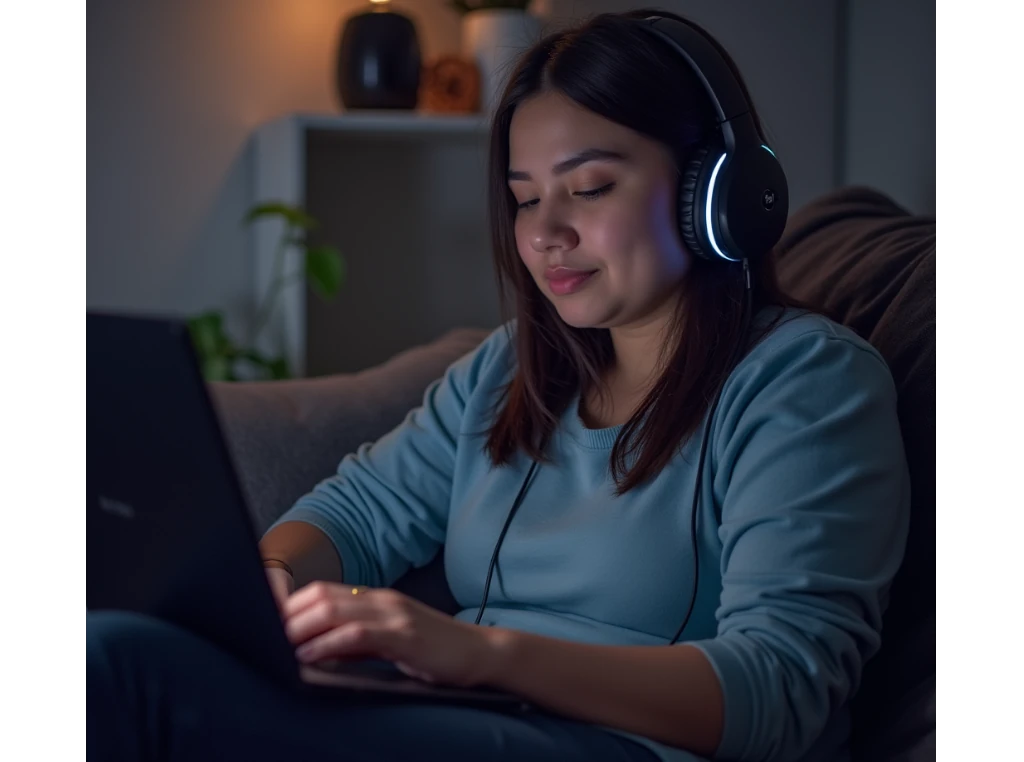ASMR: The jaw-dropping internet trend you probably don’t know about
ASMR may just sound like one of those now-ubiquitous but utterly unknown phenomenons, comprising videos on the internet made to allegedly create unusual “tingling feelings” in fans. Search on YouTube for ASMR, and one can retrieve a nonstop slew of videos—some of the millions-of-view varieties—only featuring whispering softly, tapping objects, stroking microphones, or other forms of relaxing motion.
For many viewers, ASMR videos are a surefire way to unwind, gain focus, or even fall asleep. But what, exactly, is ASMR—and are there any red flags that parents should watch out for? Let’s break it all down.
What Is ASMR?
ASMR means “autonomous sensory meridian response,” the scientific term for the tingling feeling some people have as part of their reaction to light physical touch, certain sounds, or other visuals. For example, you might have experienced this when you went in for a haircut, while someone was talking to you in a soft whispering voice, or while watching a Bob Ross painting tutorial.
Curiously, though, not everyone experiences ASMR, and the degree of effect also varies from one person to another. While scientists are yet to understand the mechanisms behind this phenomenon, studies have shown that ASMR does indeed foster feelings of relaxation and calmness. Given this fact, ASMR videos have now become the norm when it comes to relieving stress.
Popular Types of ASMR Videos
As ASMR went mainstream—it even made an appearance in a Super Bowl commercial in 2019—the variety of ASMR content blew up. Creators, normally referred to as “ASMRtists,” have gone from simple setups to elaborate ones that incorporate 360-degree microphones, intricate props, and innovative visuals.
Many make ASMR videos as a passion and try to monetize their channels through video views and sponsorships. Some of the most common and trending video content that has gone viral in ASMR includes:
- Slime: squishing or stretching sounds
- Whispering or soft talking
- Microphone brushing
- Eating sounds (often called mukbang videos)
- Role-playing scenarios such as doctor exams or haircuts
- Scalp massages, ear cleanings, or simulations of face touching
- Repetitive noises, tapping, crinkling, crunching
- Personal attention-themed videos
Each of these categories caters to different tastes, and many people experiment to see what works for them.
What Parents Need to Know About ASMR
Though the majority of ASMR videos are innocuous and geared toward simply relaxing, parents should know there’s a segment of videos called “ASMRotica.” These typically include sexual undertones and scantily clad performers, suggestive sounds, or explicit storytelling.
Well, if your child or teen is into these ASMR videos, well worth knowing what they’re watching. A little extra awareness ensures they stick to wholesome, age-appropriate videos and not find some that aren’t right for them.
ASMR is an interesting trend that has swept the world with its relaxing and soothing qualities. However, as with any internet activity, parents should be very aware of this and make sure to guide their children toward safety and helpful content.


Comments